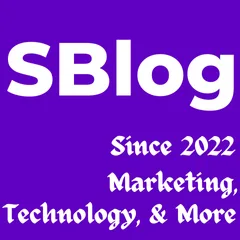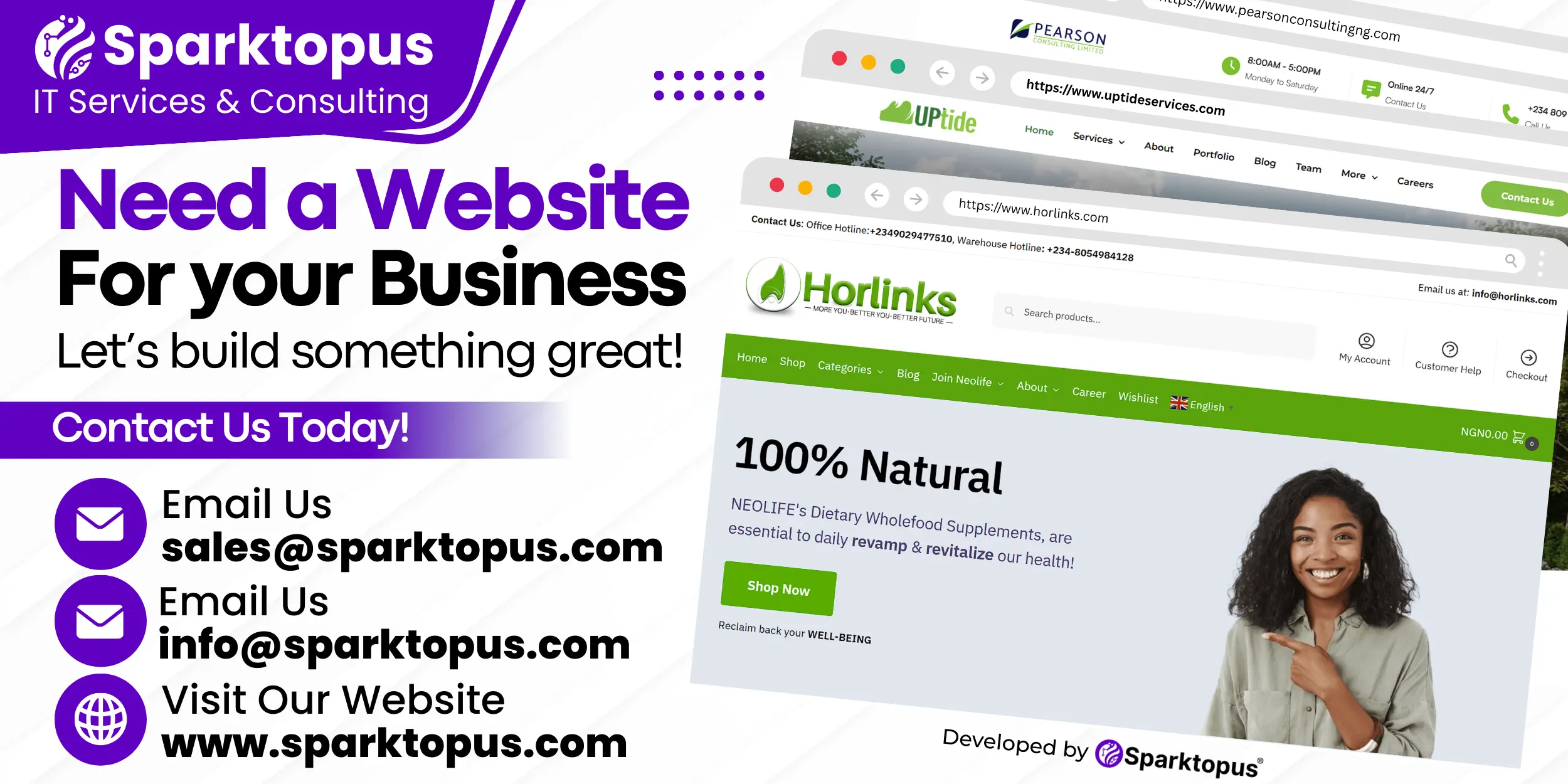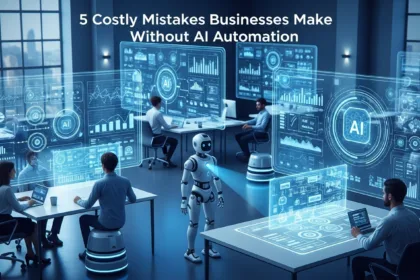In 2025, the world of business looks completely different from just a few years ago. Automation is no longer a futuristic idea — it’s the backbone of modern business success. From small startups to global corporations, AI automation is helping brands grow faster, smarter, and stronger than ever before.
- 1. Why AI Automation Is the Future of Smarter Business Growth
- 2. The Key Pillars of AI-Powered Business Automation
- A. Marketing Automation
- B. Sales Automation
- C. Customer Service Automation
- D. Operations & Workflow Automation
- 3. AI Tools Every Smart Business Should Use in 2025
- 4. Real-World Success Stories: AI in Action
- Case Study 1: E-commerce Brand Growth
- Case Study 2: Service-Based Startup
- Case Study 3: Customer Support Revolution
- 5. How to Start Automating Your Business (Step-by-Step)
- Step 1: Identify Repetitive Tasks
- Step 2: Choose the Right Tools
- Step 3: Integrate with Your Systems
- Step 4: Monitor and Optimize
- Step 5: Scale Gradually
- 6. The Human Side of Automation
- 7. The Future: What’s Next for AI Automation Beyond 2025
- Conclusion: Smarter Growth Starts with AI
With AI tools managing everything from marketing and customer support to analytics and operations, business owners can now focus on innovation instead of routine tasks. This year’s challenge isn’t if you should use automation — it’s how effectively you can use it to gain a competitive edge. You may also like to read: Get AI Automation for Your Business in 2025 – Fast, Reliable & Scalable.
1. Why AI Automation Is the Future of Smarter Business Growth
Artificial Intelligence (AI) has evolved beyond simple chatbots and virtual assistants. In 2025, it’s powering data-driven decisions, improving customer relationships, and optimizing workflow systems that once took teams of people to manage.
Here’s why smart businesses are investing in AI automation:
-
Speed: Automation completes repetitive tasks instantly, freeing up hours of work each week.
-
Accuracy: AI eliminates human error, ensuring consistent quality and precision.
-
Scalability: Whether you’re a solo entrepreneur or managing a large enterprise, automation allows seamless scaling without increasing costs.
-
Insights: AI systems analyze trends and patterns that humans might overlook, giving businesses a strategic edge.
In short — AI automation isn’t just about saving time. It’s about unlocking smarter growth.
2. The Key Pillars of AI-Powered Business Automation
A. Marketing Automation
AI has transformed how brands connect with customers. In 2025, tools like HubSpot, Sparktopus, and Jasper allow marketers to personalize campaigns at scale.
-
Automated email sequences adjust based on customer behavior.
-
Predictive analytics forecast which leads are most likely to convert.
-
AI-driven ad optimization ensures every dollar in your campaign is well spent.
Result: Businesses achieve higher conversion rates with less manual effort.
B. Sales Automation
AI doesn’t just help find customers — it helps close deals.
Sales teams now rely on automation tools to track leads, score prospects, and manage CRM data without endless spreadsheets.
Examples include:
-
AI chatbots that qualify leads 24/7.
-
Smart CRM integrations that remind teams of follow-ups.
-
Predictive analytics that suggest the next best offer for each client.
Result: Faster deal cycles and more consistent revenue.
C. Customer Service Automation
With AI chatbots and voice assistants becoming smarter, 2025 has seen a major leap in automated customer support.
AI tools like Zendesk AI, ChatGPT for Business, and Intercom’s automation suites can now resolve 80% of basic customer queries without human help.
Benefits:
-
Reduced response time
-
24/7 global support coverage
-
Improved customer satisfaction scores
Customers now expect instant responses — and automation makes that possible.
D. Operations & Workflow Automation
Manual workflows drain time and energy. AI-powered systems such as Zapier, Airtable, and Sparktopus Automation Hub simplify complex operations through intelligent triggers and integrations.
For instance:
-
Invoices are generated and sent automatically.
-
Inventory updates sync across multiple sales channels.
-
Reports are compiled in real-time dashboards.
Result: Businesses operate smoothly and efficiently, even with smaller teams.
3. AI Tools Every Smart Business Should Use in 2025
Here are some of the top-rated AI automation tools helping businesses grow smarter this year:
| Category | Tool | Key Feature |
|---|---|---|
| Marketing | Sparktopus Tools | All-in-one automation suite for marketing, content, and analytics |
| Copywriting | Jasper AI | Creates SEO-optimized content instantly |
| Analytics | Google Gemini AI | Predictive trends and intelligent insights |
| Customer Support | ChatGPT for Business | Natural conversation automation |
| Workflow | Zapier AI | Connects apps and automates tasks seamlessly |
| Project Management | Notion AI / ClickUp AI | AI-powered planning and collaboration |
Whether you’re a freelancer or a fast-growing company, integrating even one or two of these tools can transform how you work.
4. Real-World Success Stories: AI in Action
Case Study 1: E-commerce Brand Growth
A fashion brand adopted AI-driven email automation to send personalized offers. Within 3 months, click-through rates improved by 48%, and sales jumped by 32%.
Case Study 2: Service-Based Startup
A digital agency used Sparktopus Tools to automate reporting and lead management. This cut admin time by 60% and increased project delivery efficiency.
Case Study 3: Customer Support Revolution
A fintech company introduced AI chatbots that resolved 70% of queries instantly — reducing customer wait times and boosting satisfaction to 92%.
These stories prove that AI automation isn’t a luxury — it’s a growth essential.
5. How to Start Automating Your Business (Step-by-Step)
Getting started with AI doesn’t have to be complicated. Follow this framework:
Step 1: Identify Repetitive Tasks
List all daily, weekly, or monthly tasks that consume time — data entry, emails, reports, or social posting.
Step 2: Choose the Right Tools
Select AI platforms that fit your workflow and budget. Many offer free trials.
Step 3: Integrate with Your Systems
Connect your existing tools (like CRM, email marketing, or payment systems) to automation platforms like Zapier or Sparktopus.
Step 4: Monitor and Optimize
Use AI analytics to track performance and adjust settings for better efficiency.
Step 5: Scale Gradually
Start small — one department or function at a time — and expand as you grow.
6. The Human Side of Automation
One of the biggest misconceptions about AI automation is that it replaces humans. In truth, AI enhances human productivity.
Automation handles repetitive work so humans can focus on creativity, strategy, and innovation.
In other words:
“AI won’t replace you — but a person using AI might.”
7. The Future: What’s Next for AI Automation Beyond 2025
Looking ahead, expect these emerging trends to redefine business automation:
-
AI-Driven Decision Making: Predictive analytics will guide every strategic move.
-
Hyper-Personalization: Marketing messages will adapt to users in real-time.
-
Voice and Emotion Recognition: AI will interact more naturally with humans.
-
End-to-End Business Intelligence: From lead generation to financial forecasting — AI will oversee entire ecosystems.
Businesses that adapt now will lead the future of global competition.
Conclusion: Smarter Growth Starts with AI
2025 is the year of intelligent growth. Businesses embracing AI automation aren’t just keeping up — they’re leapfrogging competitors by saving time, reducing costs, and unlocking new opportunities.
Whether you’re an entrepreneur, marketer, or business leader, AI automation is your ultimate growth partner.
Start small. Scale smart. And grow faster, smarter, stronger — powered by AI.









